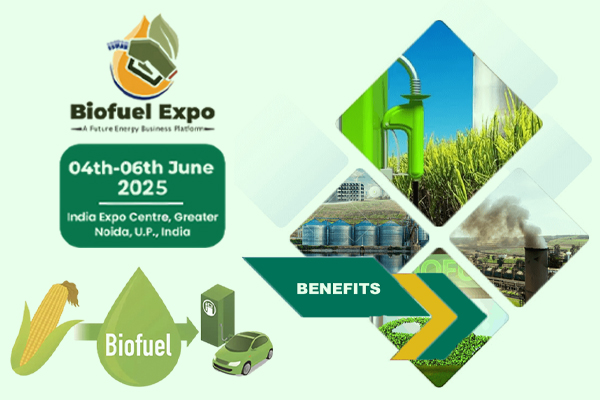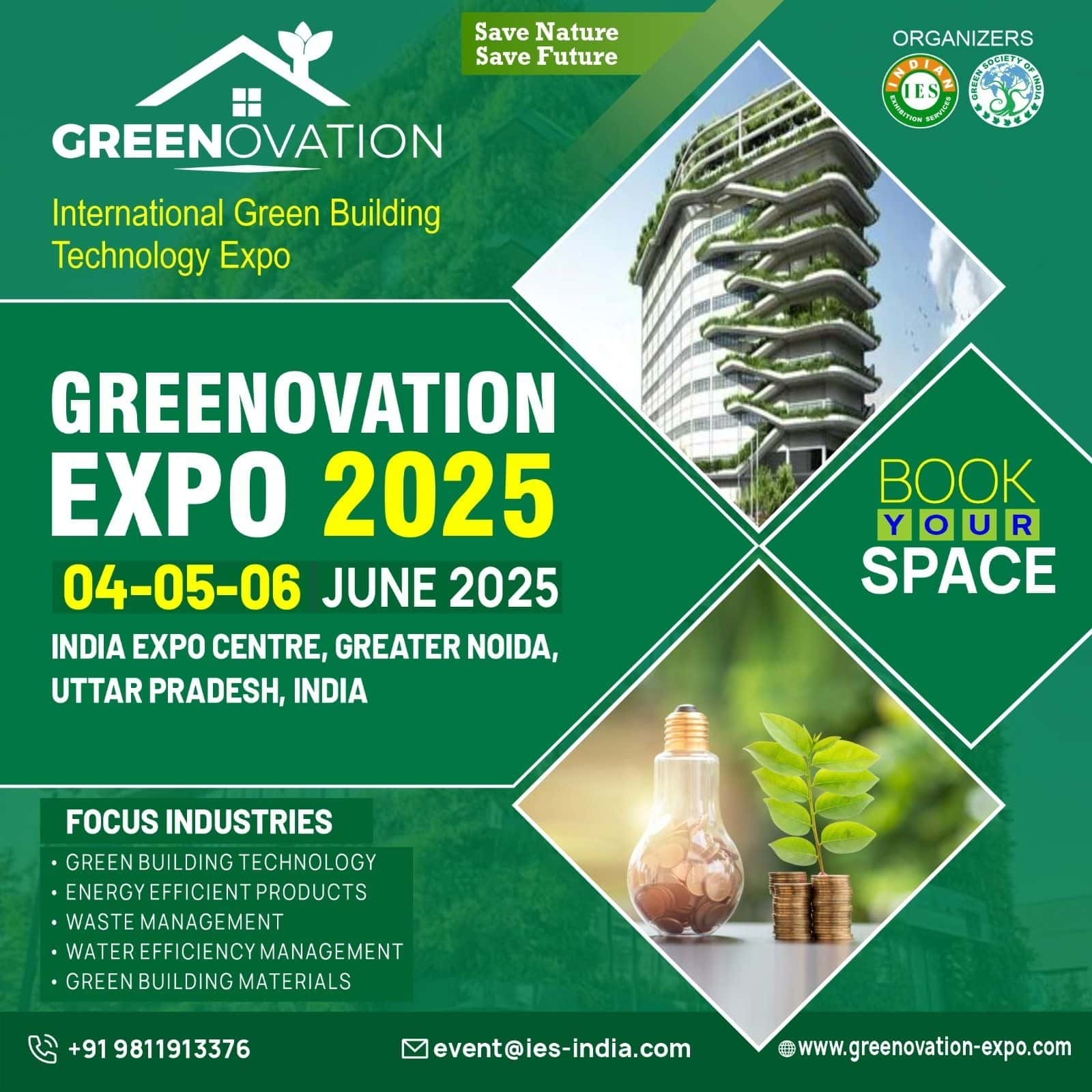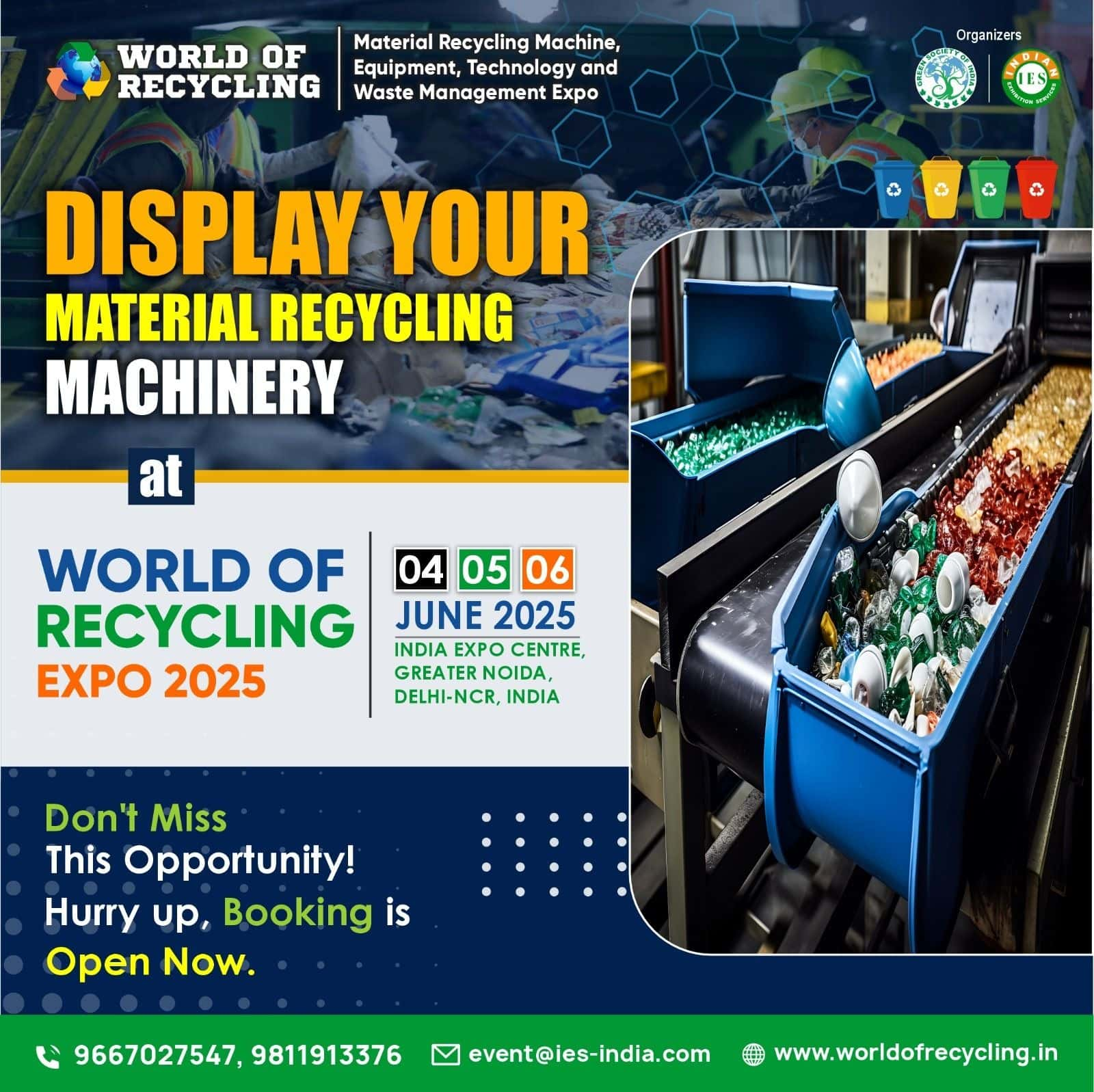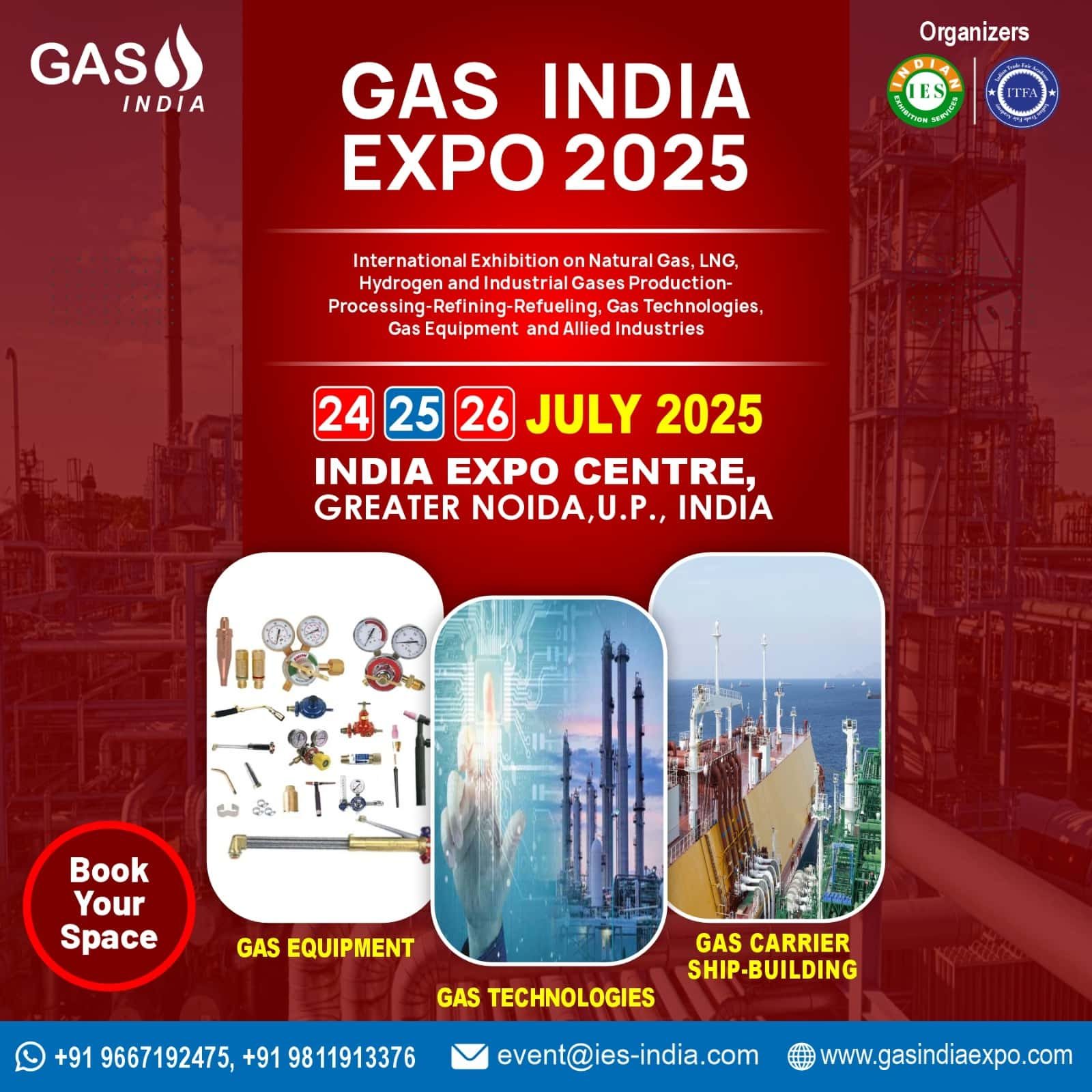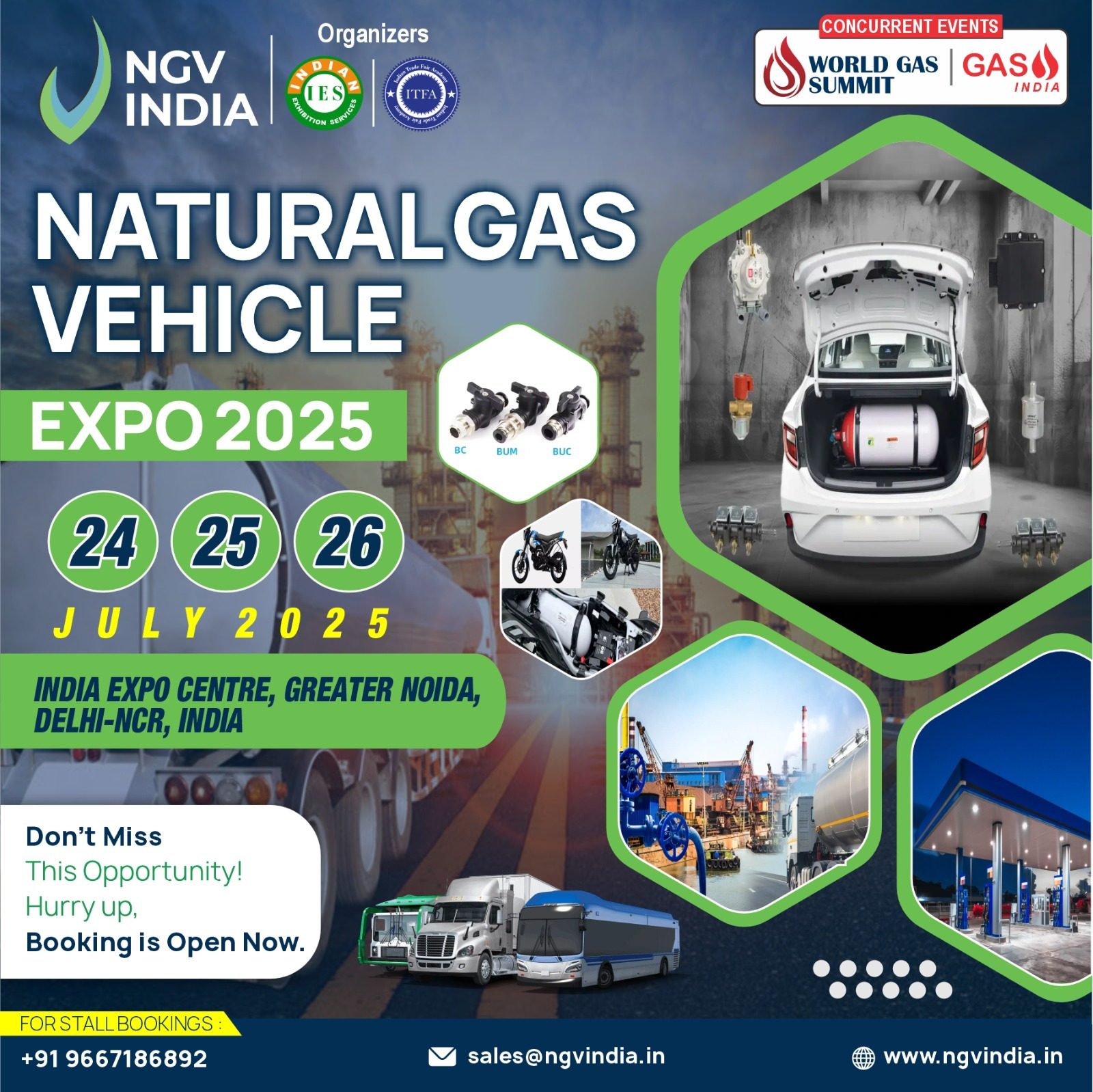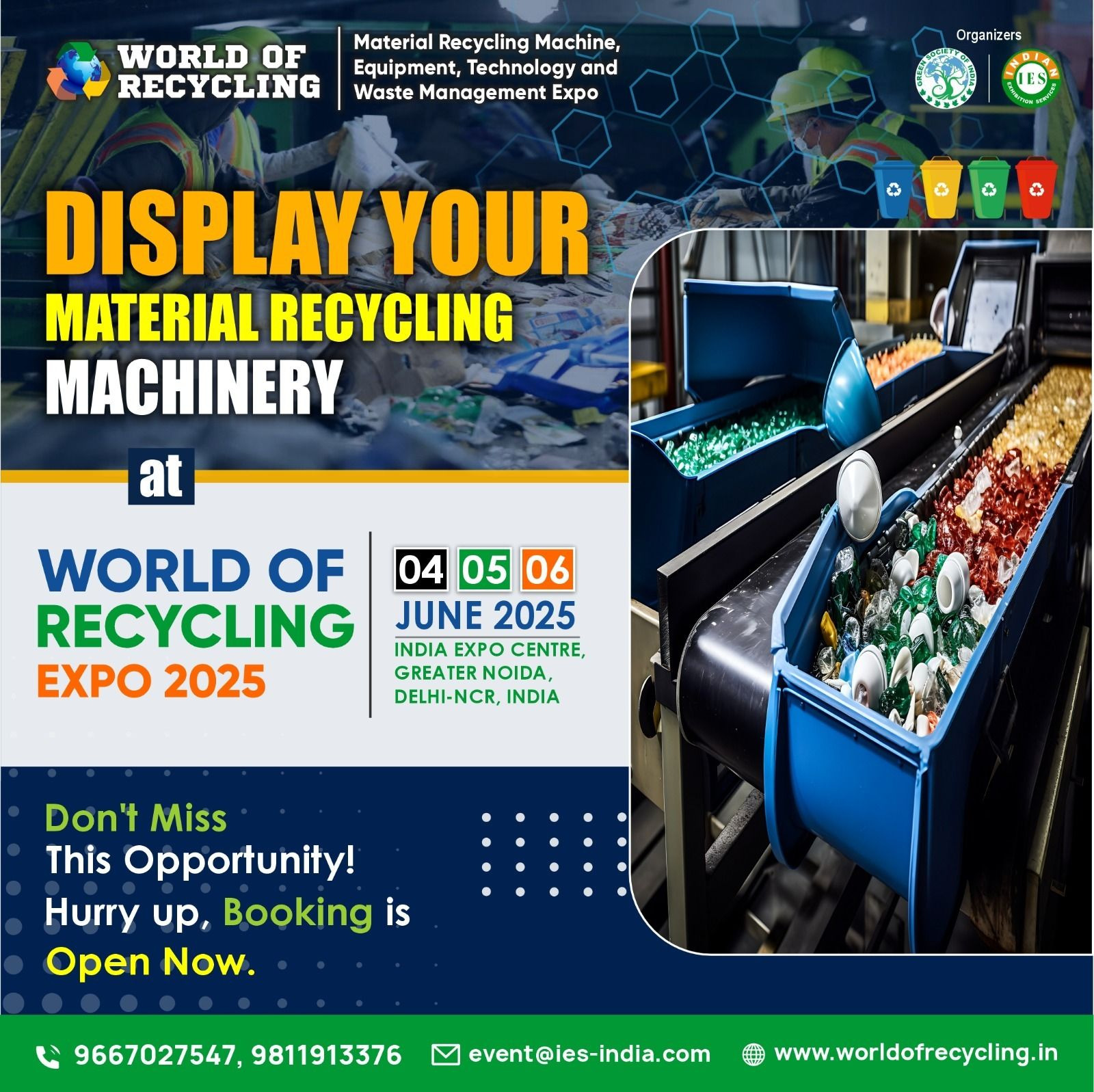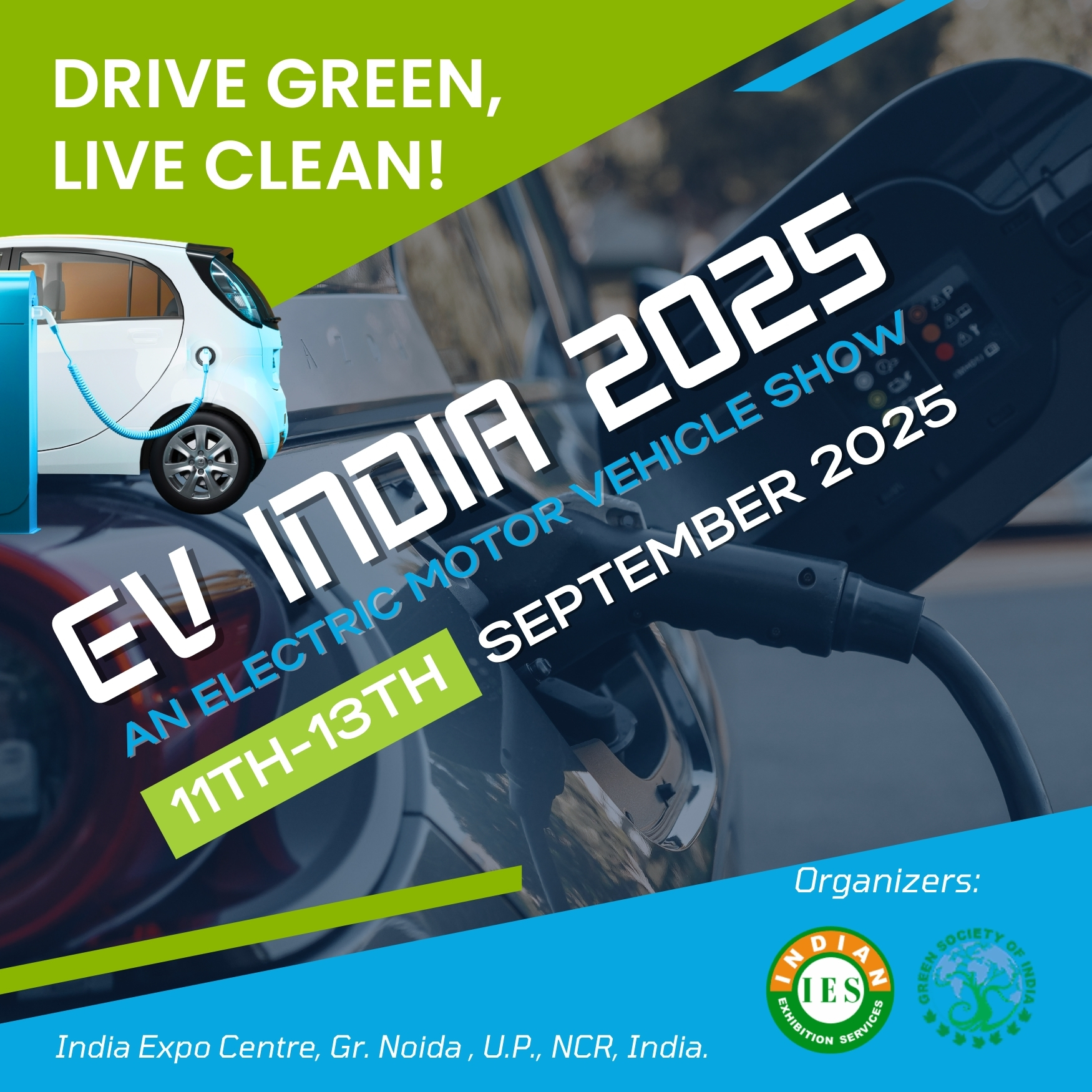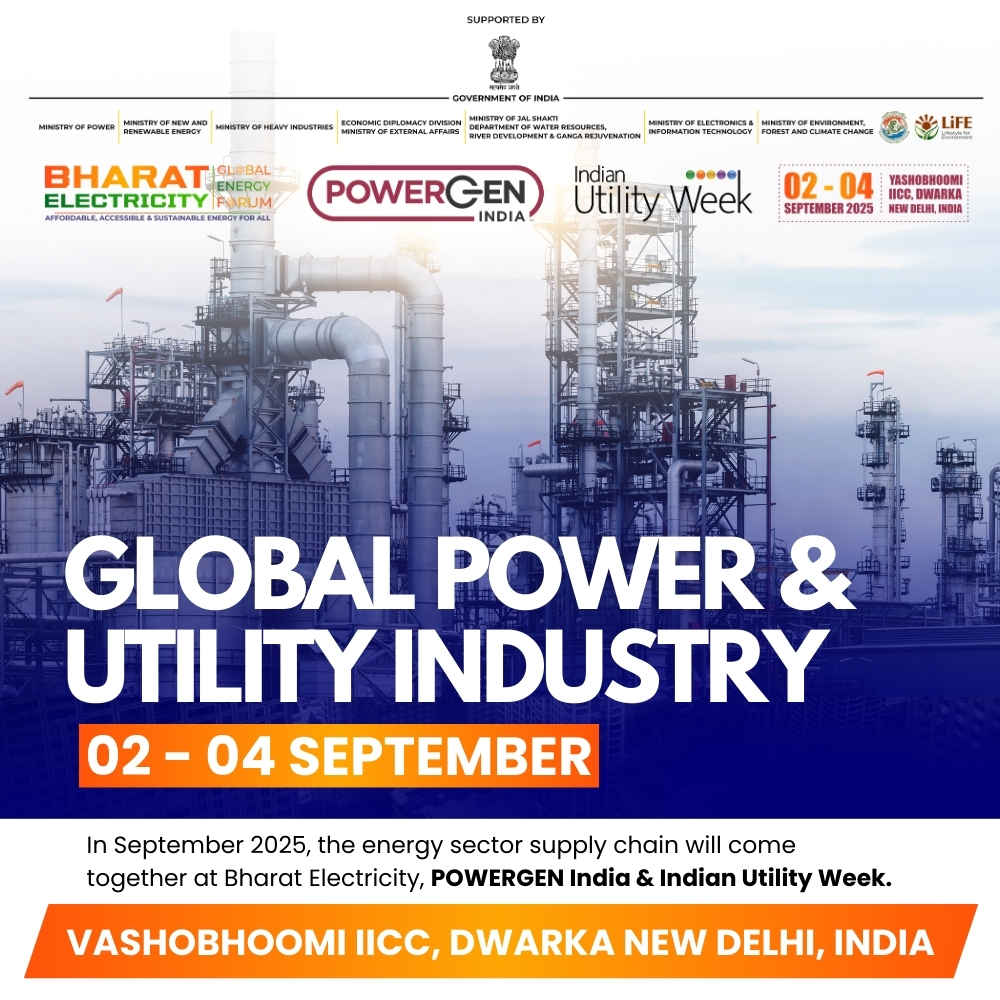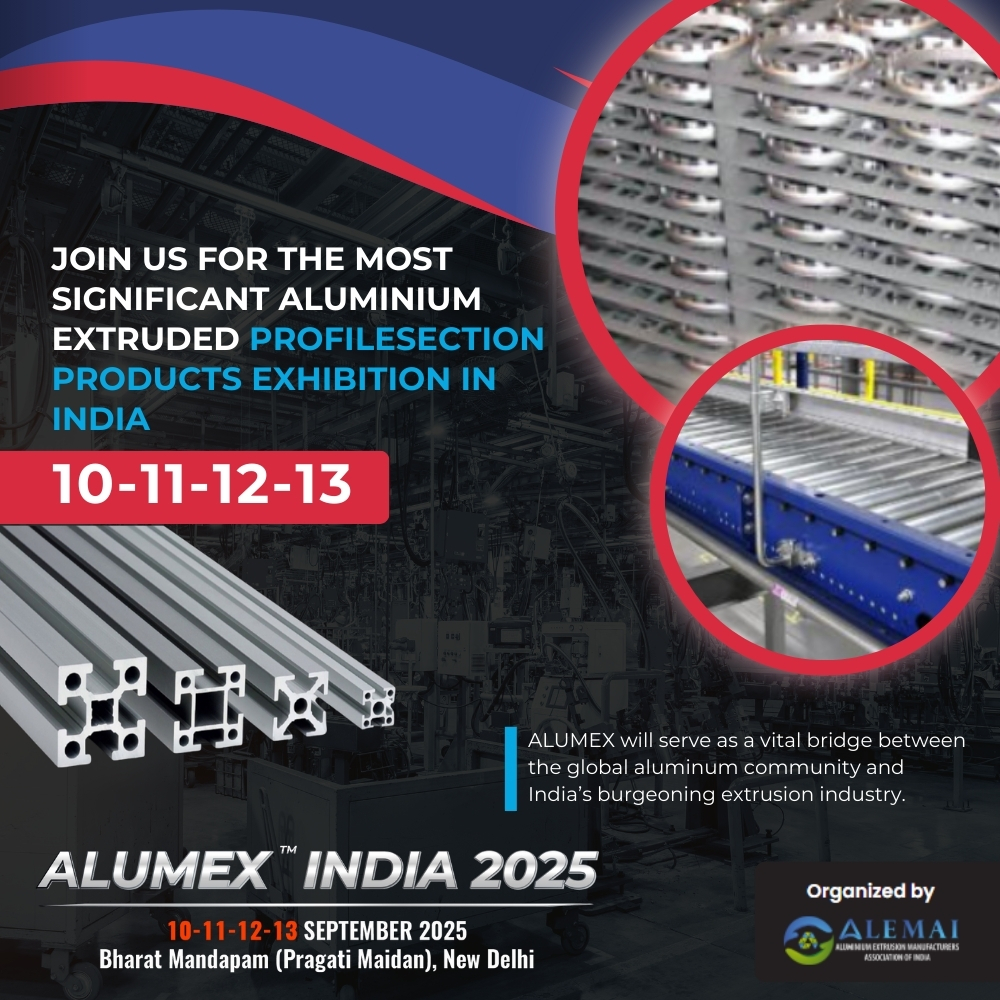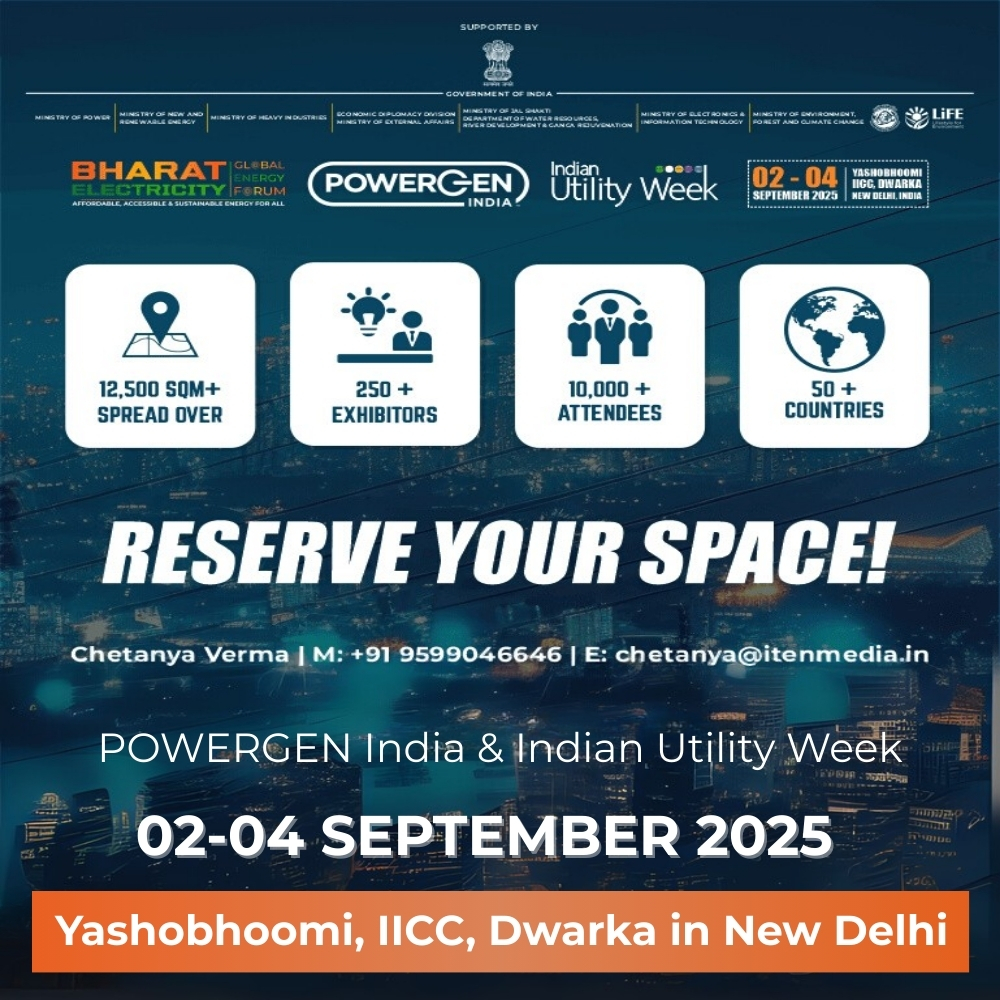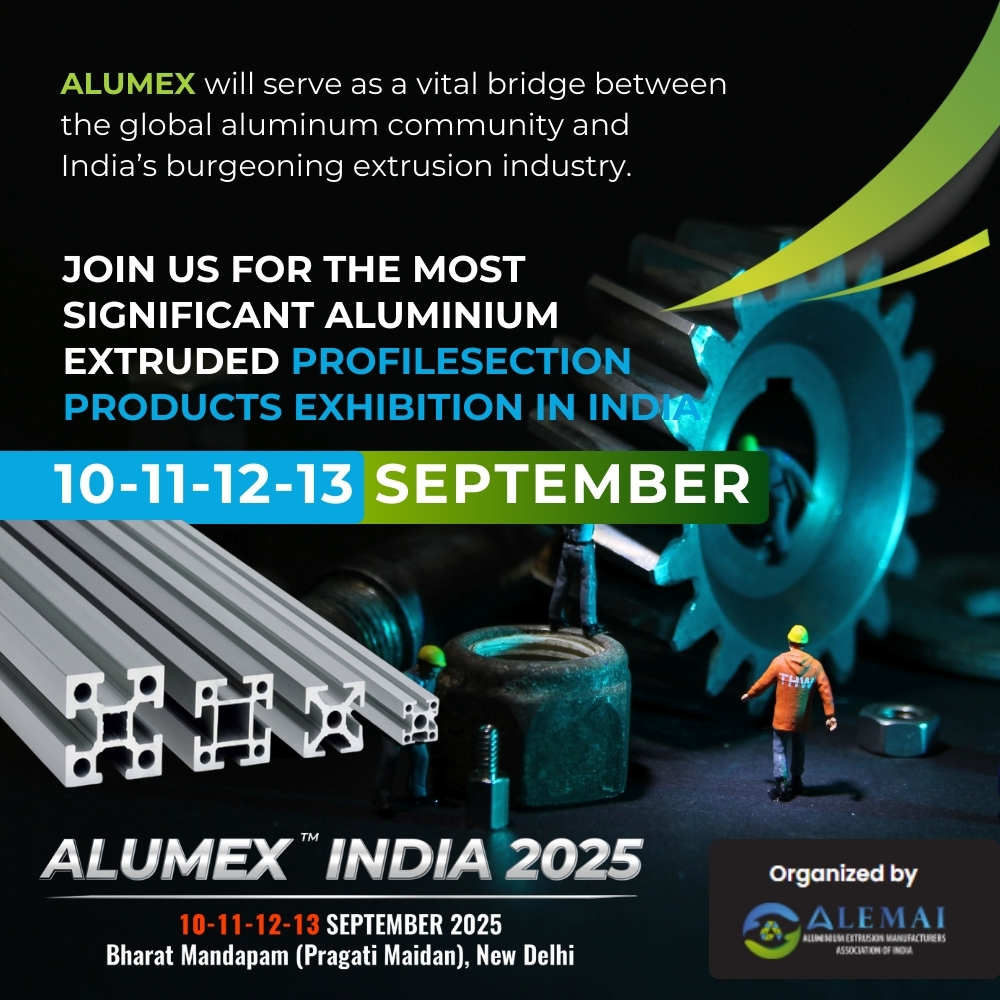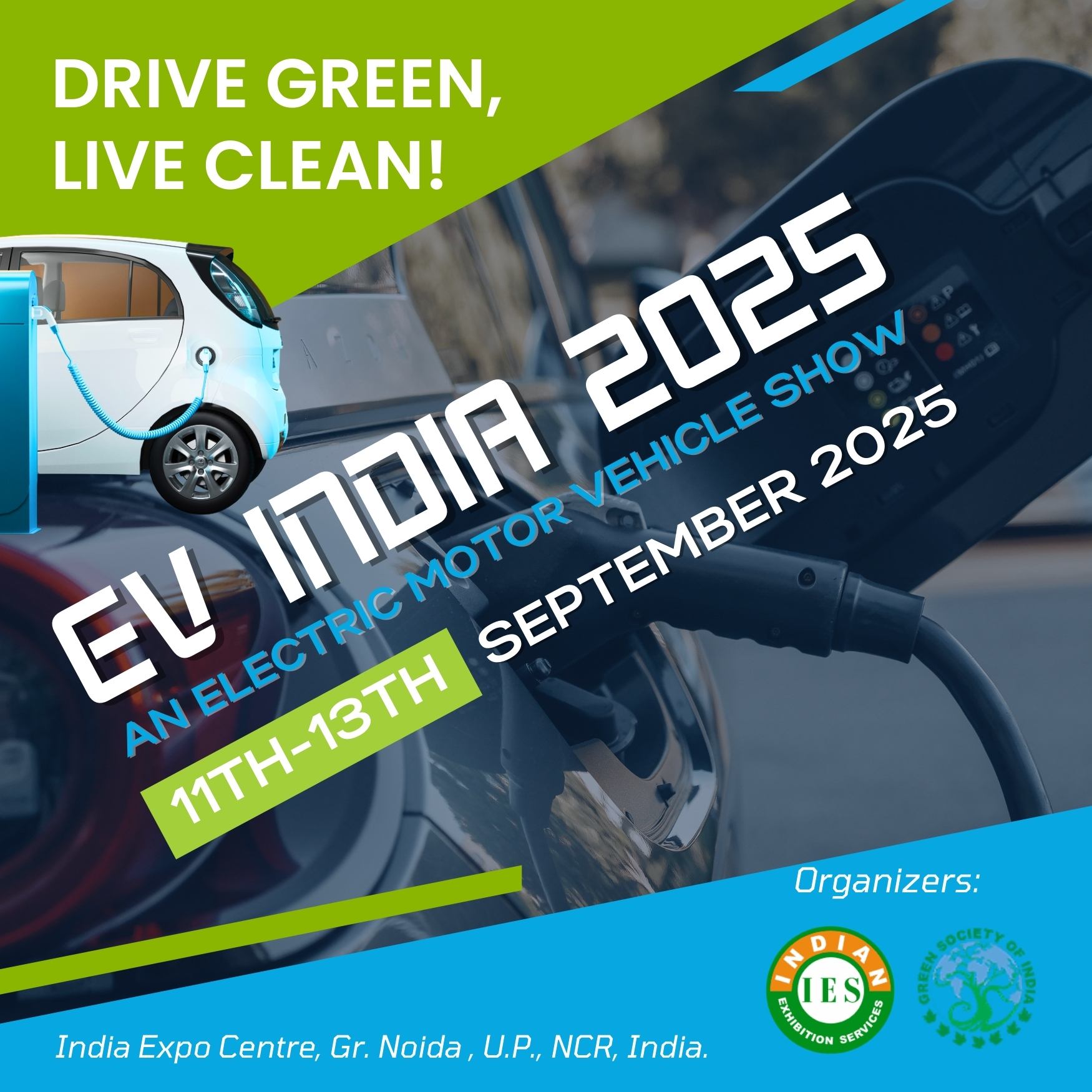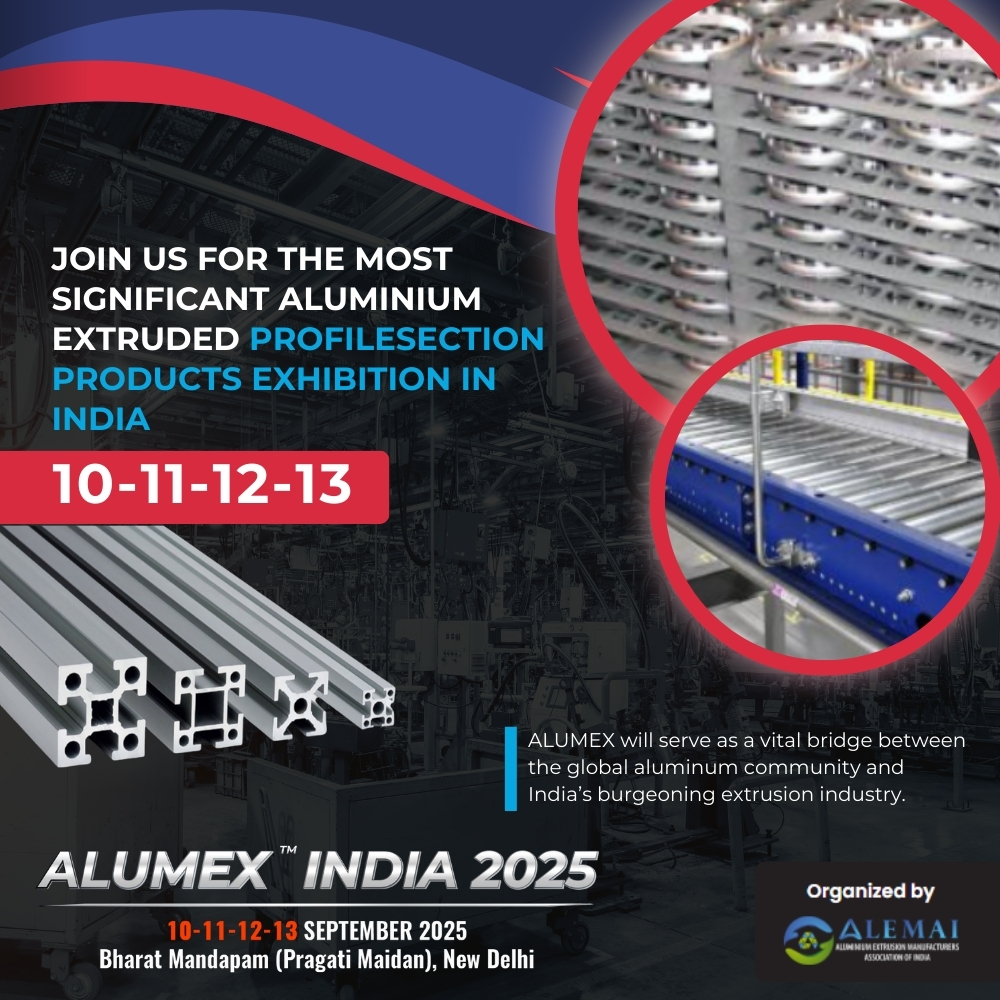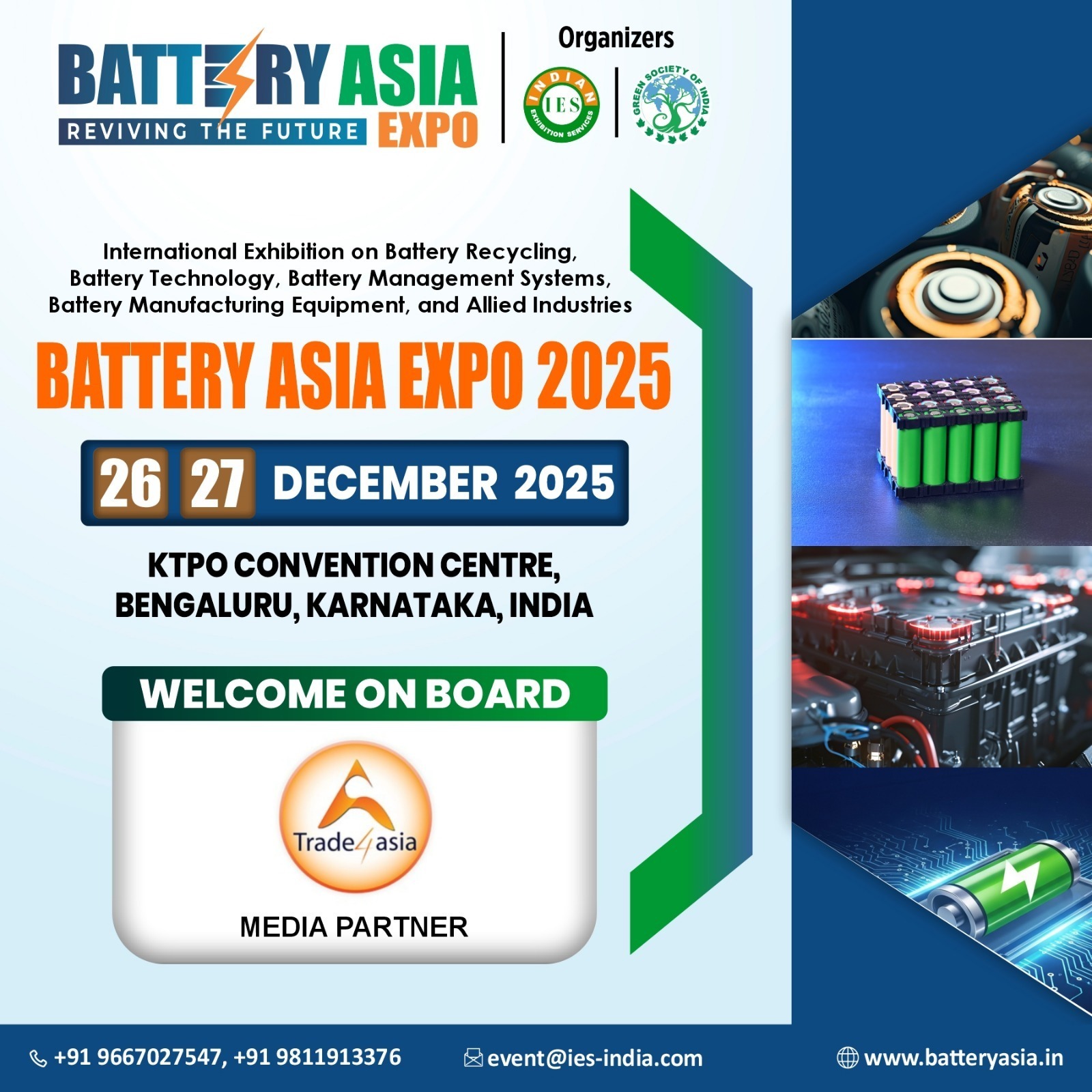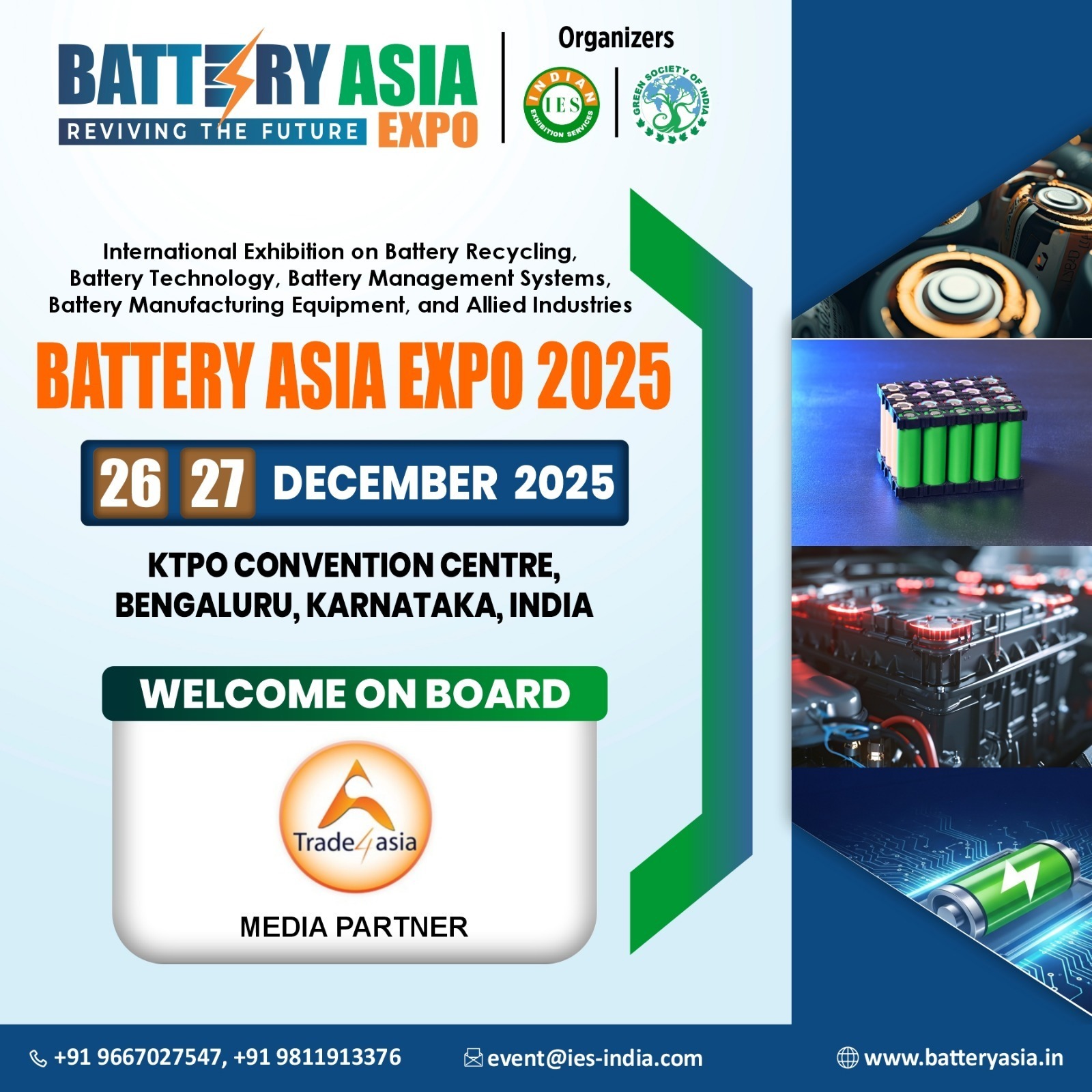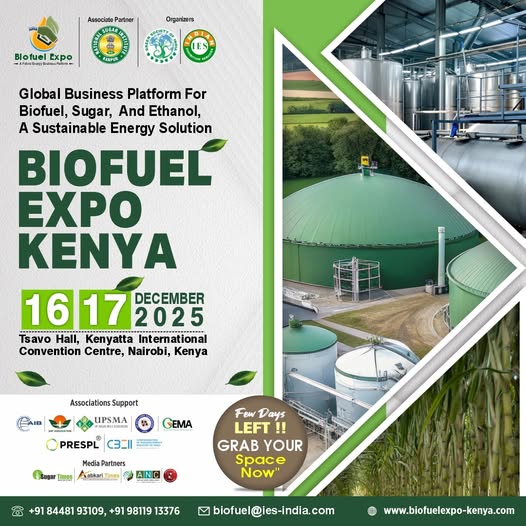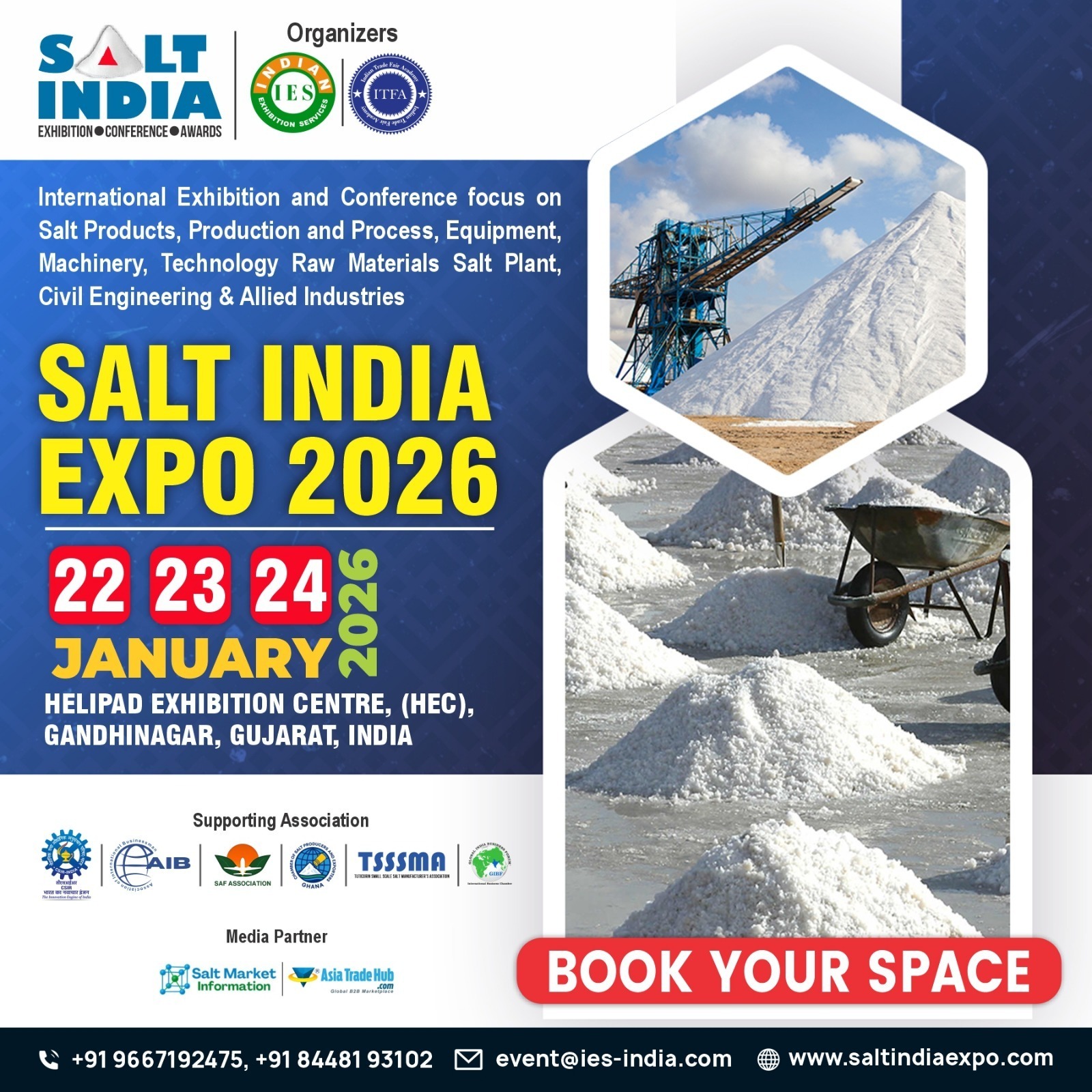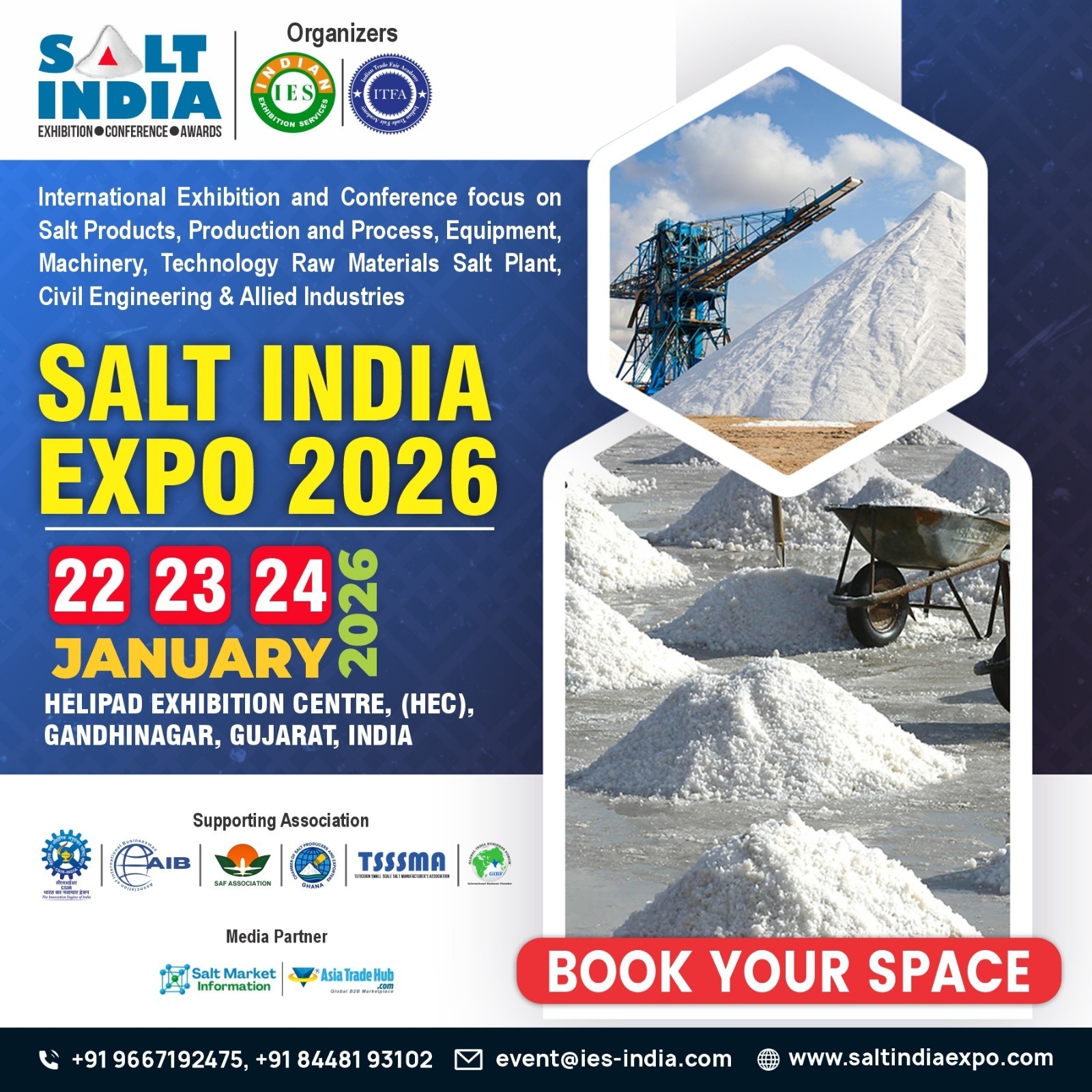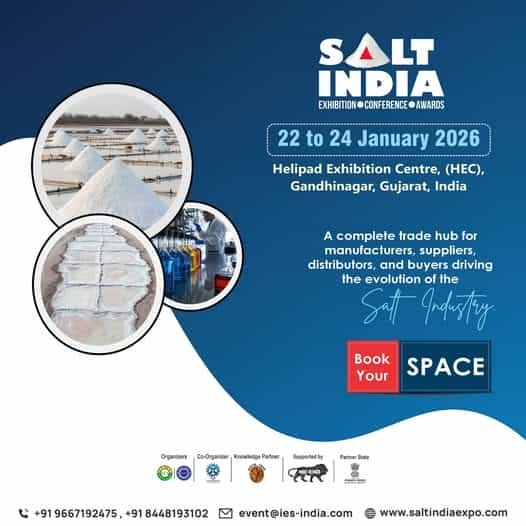
Picture yourself strolling down the crowded aisles of an industry trade show, with only the most modern pipelines, advanced monitoring systems, robotics, AI presentations, and professionals intense in debate regarding the future of gas transportation. This is where the heartbeat of innovation intersects with practical solutions—and where Vitalis Power Engineering introduced its vision for the nextâÂÂÂÂgeneration of gas infrastructure.
The Big Picture: Why This Expo Mattered
The gas pipeline transportation industry is facing a deep-seated change. Based on recent market reports, Asia–Pacific (including India) still dominates regional infrastructure expansion, and world pipeline transportation value is set to increase from approximately $159.7â¯billion in 2024 to $170.9â¯billion in 2025, with a compound yearly growth rate of approximately 7â¯% (The Business Research Company). Prompts are growing energy consumption, crossâÂÂÂÂborder gas projects, hydrogen blending infrastructure, and even carbon capture and storage pipelines.
Expos like Gas India Expo 2025, Greater Noida, NCR (24–26 Julyâ¯2025), get world gas industry leaders, technology providers, EPC companies, and policy-makers under one roof. They highlight innovations in gas pipeline, LNG, hydrogen, leak detection, digital twins, and more (Trade Shows).
Expo Themes & Highlights
1. Smart Monitoring & Leak Detection
Real-time monitoring takes center stage. Exhibitors are showcasing IoTâÂÂÂÂenabled sensors, fiberâÂÂÂÂoptic leak detection, machine learning analytics, and automated pressure control to detect anomalies before crises (GlobeNewswire). New research on early leak detection methods employs pressure drop modeling to detect leaks more quickly and precisely—including technologies that can detect leaks via pressure differences between inlet and outlet sensors (arXiv).
DroneâÂÂÂÂborne inspection platforms—UAVs with AI vision—are also catching on, which can inspect remote or dangerous sections of pipelines at low risk (arXiv).
2. Digital Twins & Predictive Maintenance
Utilization of a digital twin—virtual copy of the pipeline system—enables real-time simulation and analysis. Firms demonstrated capabilities to simulate flow conditions, assess corrosion threats, schedule maintenance schedules, and minimize downtime, applying IoT and AI along the gas value chain (WGC 2025).
3. Hydrogen Blending & LowâÂÂÂÂEmission Pipelines
One such theme of merit is repurposing available natural gas pipelines for hydrogen blending or hydrogen transport in its pure form. Panels and stands emphasized design challenges and material technologies allowing hydrogen to be delivered safely while minimizing carbon footprint—vital for India's nascent hydrogen economy.
4. Trenchless Technology & Construction Innovation
Pipeline construction in urban or sensitive environments is more and more dependent on trenchless techniques such as directional drilling and pipe relining. There were exhibits of novel coatings, non-metallic composite pipes, and valve systems appropriate to crowded or protected locations.
5. Cybersecurity for Critical Pipeline Systems
With pipelines now linked electronically, cybersecurity has become an important protection. New expo areas include solutions to protect SCADA systems and critical infrastructure from cyberattacks—mirroring the industry's increased focus on digital threats.
A Day in the Life of an Expo Attendee
Imagine you walk into a large exhibition hall. You stop in front of a stall displaying a robotic crawler within a clear pipeline segment, with live ultrasonic inspection results on corroded areas. You talk to engineers taking you through an AI model for forecasting possible section failure weeks ahead.
At another booth, a gas flow control specialist shows automated valve systems that immediately close off sections in the event of pressure drop detection—perfect for emergency isolation in complicated, parallel pipeline networks.
Simultaneously, back-to-back technical discussions touch on digital twin uptake, hydrogen blending pilot projects, and demonstration cases involving trenchless installation under old city roads and rivers. At every turn, the talk is of how pipeline transport can be made safer, wiser, and greener.
Why It Matters for India—and for Companies Like Vitalis Power Engineering
Infrastructure Boom: India is investing big time in augmenting pipeline infrastructure for natural gas, hydrogen, CNG, LNG, and even biomethane. The Gas India Expo provides a front-row seat to those technologies fueling domestic growth.
Digital Modernization: Utility operators and EPC contractors are adopting IoT, AI, drones, and robotics to upgrade and make pipeline operations efficient and reliable.
Environmental Imperative: As India pledges itself to decarbonization and clean-energy initiatives, hydrogen blending pipelines, low-emission transportation, and intelligent leak detection are critical milestones along the way.
Global Innovation Showcase: Global innovators come face-to-face with local companies, in partnerships that catalyze technology transfer and uptake throughout India.
Three Key Technologies to Follow
1. AIâÂÂÂÂDriven Leak Detection Systems
These systems blend distributed fiberâÂÂÂÂoptic sensing, pressure analytics, and machine learning to find leaks in seconds—enhancing safety, avoiding waste, and preventing shutdowns.
2. Digital Twins & Predictive Maintenance
Digital simulation models mimic physical pipeline performance in real time—enabling operators to predict maintenance requirements, monitor corrosion risks, and minimize unplanned downtime.
3. Autonomous Inspection Drones & Robots
From scanning kilometers of hidden pipelines by UAVs to ultrasonic testing by robotic crawlers in constricted runs, these technologies quicken inspection, make it safer, and more precise.
How Businesses Such as Vitalis Power Engineering May Use Expo Insights
1. Network & Partners: Encounter technology providers, government authorities, and pipeline operators to create strategic partnerships.
2. Technology Scouting: Evaluate equipment and solutions to incorporate within your own pipeline transport networks—particularly in digital surveillance, hydrogen mixing, and trenchless installations.
3. Thought Leadership: Engage in conference presentations, panels, or technical committees to inform policy and standards.
4. Market Positioning: Put your brand on a higher platform by associating with this technological change—become a progressive engineering partner for cleaner, intelligent gas transport.
Five Frequently Asked Questions (FAQs)
1. What are the emerging trends in gas pipeline transportation technology?
The emerging trends involve AIâÂÂÂÂenabled leak detection, digital twin integration for predictive maintenance, hydrogen blending infrastructure, droneâÂÂÂÂbased inspection, trenchless pipeline installation, and strengthened cybersecurity protocols (GlobeNewswire).
2. What benefits does digital twin technology provide to pipeline operators?
It produces a virtual copy that replicates physical conditions in real-time—allowing operators to model fluid behavior, predict possible failures, streamline maintenance, and minimize risks and downtimes.
3. Why is hydrogen blending in pipelines significant?
Hydrogen blending allows partial replacement of natural gas by green hydrogen, lowering carbon emissions with use of existing infrastructure in pipelines. It facilitates national decarbonization efforts and energy transition plans.
4. What is the contribution of drones and robotics to pipeline monitoring?
They provide remote and automated inspection services: UAVs inspect large or inaccessible pipelines, while robots (e.g. crawlers or intelligent pigs) carry out precision scanning and NDT within pipelines, enhancing safety and reducing costs.
5. How important is cybersecurity for contemporary pipeline systems?
As pipelines get digitally instrumented, safeguarding SCADA systems, sensors, and data streams against cyber attacks is crucial. Cybersecure system designs and hardened systems minimize operational risks and likely sabotage.
Final Thoughts
Gas transport and pipeline technology is no longer merely about steel pipe and pumps—it's now fully integrated with digital smarts, robotics, sustainability, and safety innovation. Industry expos—like the Gas India Expo 2025 and international forums like Pipeline & Gas Expo in Europe—provide a comprehensive glimpse into this shift (Trade Shows).
For industry specialists, operators, and technology suppliers alike, these events present a distinctive chance to discover, learn, and work together on the future of gas transport. With advances such as digital twins, intelligent sensors, trenchless construction techniques, and hydrogenâÂÂÂÂcapable pipelines, the industry is more ready than ever to address changing energy, environmental, and infrastructure needs.


